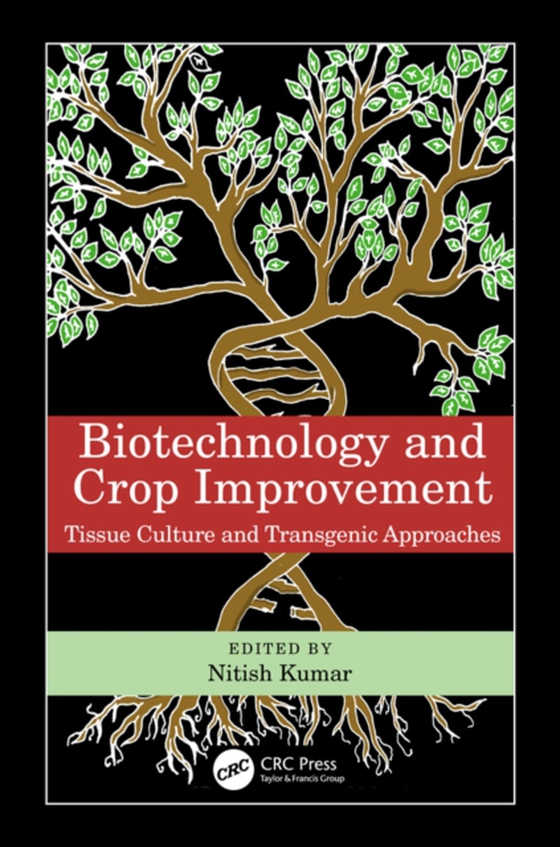
Biotechnology and Crop Improvement e-bog
546,06 DKK
(ekskl. moms 436,85 DKK)
Biotechnology and Crop ImprovementThe green revolution led to the development of improved varieties of crops, especially cereals, and since then, classical or molecular breeding has resulted in the creation of economically valuable species. Thanks to recent developments in biotechnology, it has become possible to introduce genes from different sources, such as bacteria, fungi, viruses, mice and...
E-bog
546,06 DKK
Forlag
CRC Press
Udgivet
14 september 2022
Længde
252 sider
Genrer
Botany and plant sciences
Sprog
English
Format
pdf
Beskyttelse
LCP
ISBN
9781000626735
Biotechnology and Crop ImprovementThe green revolution led to the development of improved varieties of crops, especially cereals, and since then, classical or molecular breeding has resulted in the creation of economically valuable species. Thanks to recent developments in biotechnology, it has become possible to introduce genes from different sources, such as bacteria, fungi, viruses, mice and humans, to plants. This technology has made the scientific community aware of the critical role of transgenic, not only as a means of producing stress tolerant crops but also as a platform for the production of therapeutics through molecular farming. Biotechnology and Crop Improvement: Tissue Culture and Transgenic Approaches focuses on important field crops to highlight germplasm enhancement for developing resistance to newly emerging diseases, pests, nutrient- and water-use efficiency, root traits and improved tolerance to increasing temperature and introduces significant recent achievements in crop improvement using methods such as micropropagation, somaclonal variation, somatic embryogenesis, anther/pollen/embryo culture, and compressing the breeding cycle for accelerated breeding and early release of crop varieties. Plant biotechnology has now become an integral part of tissue culture research. The tremendous impact generated by genetic engineering and consequently of transgenic now allows us to manipulate plant genomes at will. There has indeed been a rapid development in this area with major successes in both developed and developing countries. Development of transgenic crop plants, their utilization for improved agriculture, health, ecology and environment and their socio-political impacts are currently important fields in education, research, and industry and also of interest to policy makers, social activists and regulatory and funding agencies. This work prepared with a class-room approach on this multidisciplinary subject will fill an existing gap and meet the requirements of such a broad section of readers. It describes the recent biotechnological advancement and developments in plant tissue culture and transgenic. Plant tissue culture techniques such as such as micropropagation, regeneration, somaclonal variation, somatic embryogenesis, anther/pollen/embryo culture are discussed for genetic improvement of crop plant. Transgenic techniques are discussed for developing resistance to newly emerging diseases, pests, nutrient- and water-use efficiency, root traits, and improved tolerance to increasing temperature.Key FeaturesShows the importance of plant tissue culture and transgenic technology on plant biology research and its application to agricultural productionProvides insight into what may lie ahead in this rapidly expanding area of plant research and developmentContains contributions from major leaders in the field of plant tissue culture and transgenic technologyThis book is devoted to topics with references at both graduate and postgraduate levels. The book traces the roots of plant biotechnology from the basic sciences to current applications in the biological and agricultural sciences, industry, and medicine. The processes and methods used to genetically engineer plants for agricultural, environmental, and industrial purposes along with bioethical and biosafety issues of the technology are vividly described in the book.
 Dansk
Dansk

